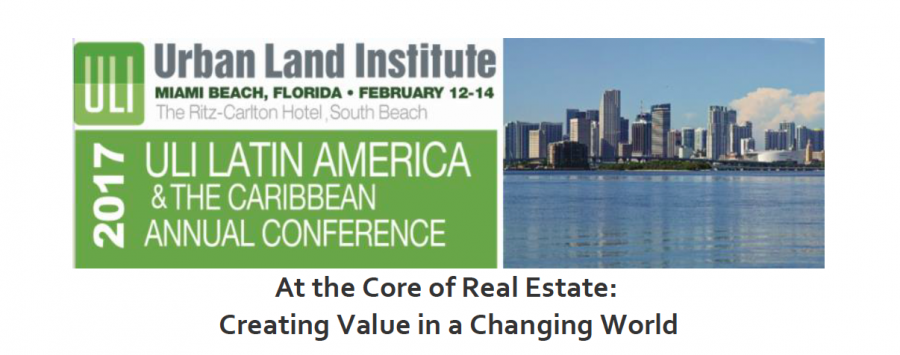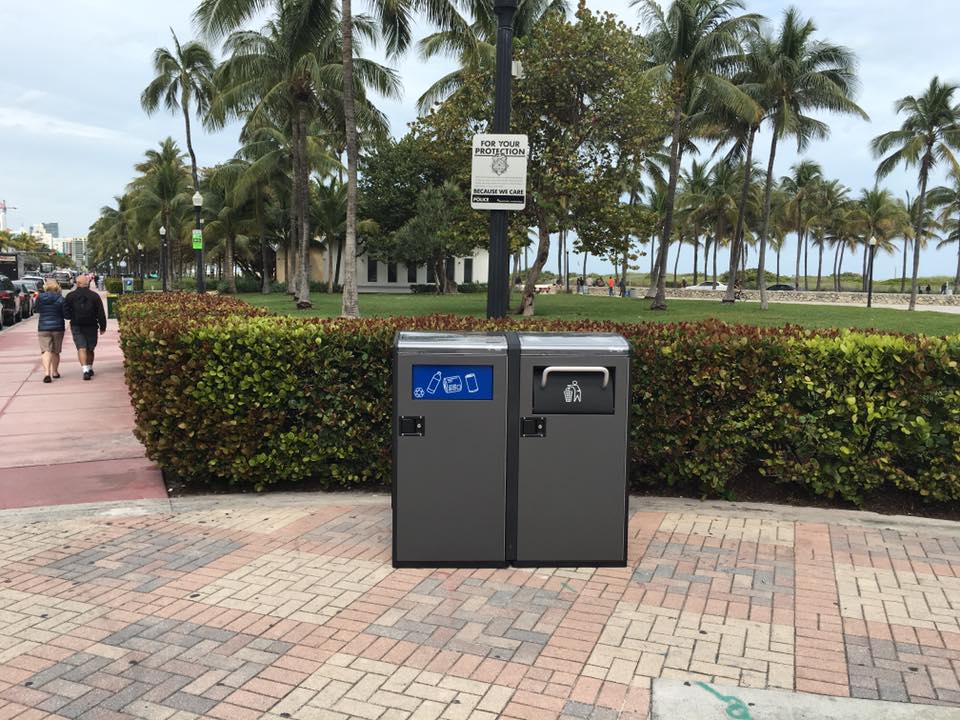Gridics partnership will result in a 3D zoning map of Delray Beach and development analysis capabilities
For Immediate Release: January 11, 2018
Miami, FL – Gridics LLC, a Miami-based real estate tech startup, today announced a partnership with the City of Delray Beach, FL to use its 3D zoning code management application. The Gridics application is the first interactive digital zoning code program of its kind and is designed to change the way cities manage and interact with their cumbersome zoning needs.
By adopting this technology, the City of Delray Beach will be able to integrate its zoning code into the Gridics proprietary rules-engine so that all the regulations, variables, property records and parcels can be manipulated and analyzed in real-time on a 3D map interface. Gridics is a cloud-based application capable of integrating any city’s zoning code to deliver immediate as-of-right building scenarios. Additionally, once a city’s code is digitized, users can expedite development plan compliance reviews and visually test proposed zoning code changes.
As part of the partnership with Delray Beach, Gridics will work with the city’s planning department to create an online, interactive 3D zoning map. Cities that integrate their code with the Gridics platform are newly enabled to easily answer community questions regarding building parameters and can more quickly analyze development plans for compliance to reduce plan review backlogs.
“Gridics’ 3D technology forms an integral part of our efforts to continue enhancing our Central Business District. We can now test zoning code changes in real time and see how new development will affect the overall character and scale.” said Tim Stillings, Director of Planning, Zoning, & Building for the City of Delray Beach. “Gridics makes it easy to manipulate planning and zoning scenarios and see the results graphically saving time and improving communication.”

Founded by three University of Miami graduate students with backgrounds ranging from urban planning and architecture to real estate tech and engineering, Gridics is focused on developing innovative solutions to complex, data-driven problems in the world of real estate. The team partnered with the City of Miami and some of Miami’s leading real estate developers and architects to uniquely position the software and tune its accuracy before launching the product in late 2017. The City of Miami has since signed a contract with Gridics to use its platform to enhance their zoning and planning operations.
“We’ve solved a complex problem with Gridics that is helping cities large and small convert their written development regulations into a web-based, property-specific 3D visualization tool.” says Jason Doyle, CEO of Gridics. “We’re excited to partner with a progressive city like Delray Beach that has been setting a strong example for other cities to follow with its planning practices.”
To learn about our 3D technology for your city, county, or private sector real estate firm, please visit www.zonar.city or register for one of our free and open webinars held every two weeks (https://webinars.zonar.city).
About Gridics: Headquartered in Miami, FL, Gridics is a real estate technology company developing targeted software applications in the areas of real estate development, zoning and market analysis. For more information, visit www.zonar.city or www.gridics.com.
About the City of Delray Beach: Delray Beach is a first-class resort destination and a diverse, vibrant, community situated on the Atlantic Ocean between Boca Raton and West Palm Beach. Home to 67K residents, Delray Beach is only an hour north of Miami and a three-time winner of the coveted All-America City Award (1993, 2001, 2017).


















